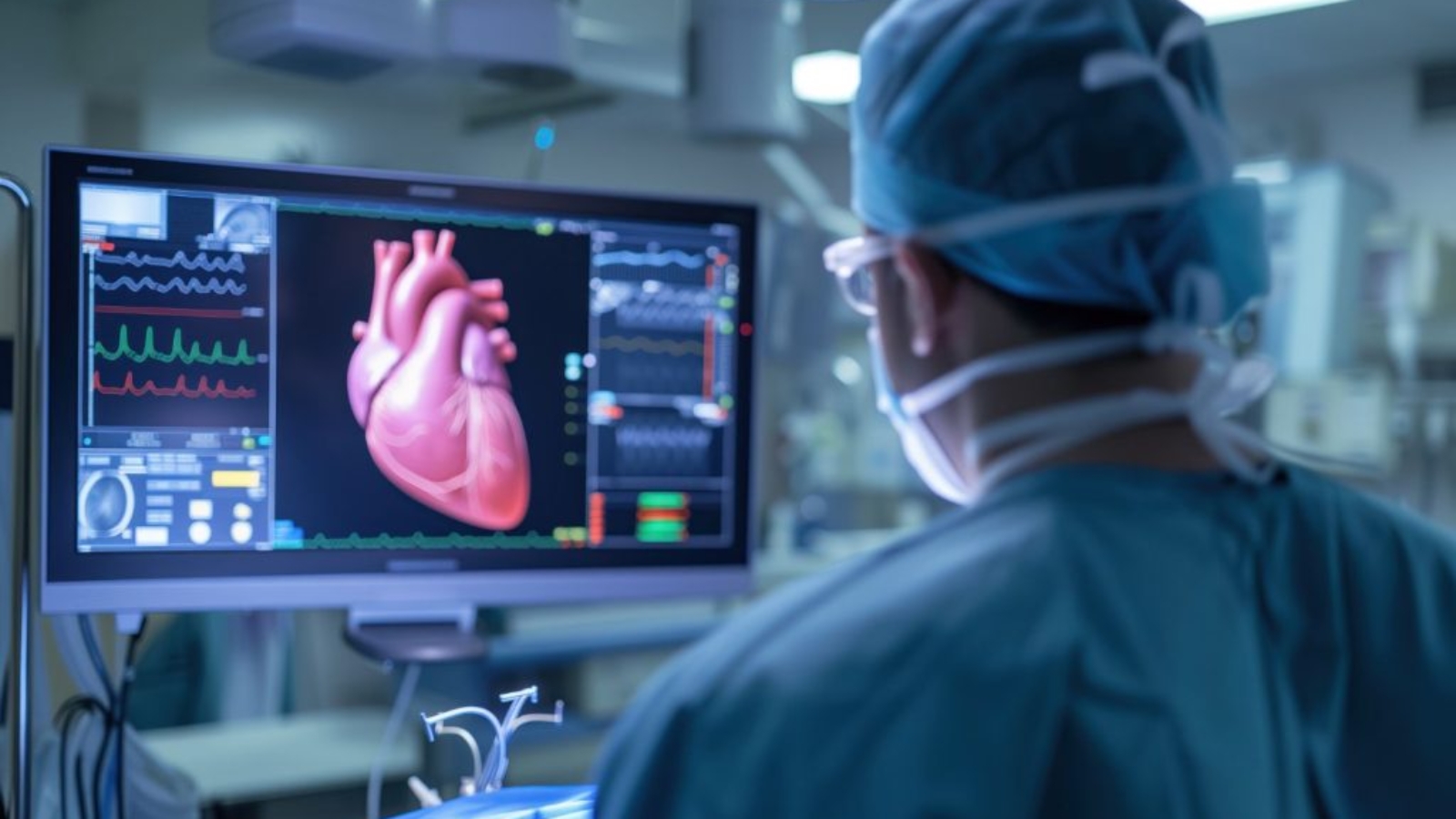A 3D printed patch designed to promote heart muscle regeneration is being developed by a bioengineering professor at the University of Texas at Arlington (UTA). This project aims to address a critical medical challenge by offering a potential new treatment option for heart attack survivors, whose damaged heart tissue currently lacks the ability to repair itself—often leading to serious, long-term health complications.
Yi Hong, a research professor in UTA’s Department of Bioengineering, is spearheading the initiative using advanced 3D printing technologies. “Our goal is to create a smart, bioengineered patch that not only supports the heart structurally, but also promotes real regeneration of the damaged tissue,” Hong said. “This research could offer new hope to patients who currently have few options beyond managing symptoms.”
The project is supported by a grant from the National Heart, Lung, and Blood Institute (NHLBI), a division of the National Institutes of Health (NIH).

Collaborative Approach to Cardiac Repair
In collaboration with Columbia University’s biomedical engineering professor Ke Cheng, Hong is engineering a stretchable, electrically active patch designed to release exosomes—cell-produced vesicles that encourage tissue healing and mitigate inflammation.
The patch is engineered to closely mimic the heart’s natural environment by integrating biomaterials science, stem cell therapy, and precision manufacturing. It is also designed to synchronize with the heartbeat, while the exosomes provide molecular instructions to direct the body’s repair process. “This is an exciting interdisciplinary effort that brings together some of the most innovative minds in cardiovascular repair,” Hong said. “We are not just repairing damage; we are actively guiding the heart to heal itself.”
Broader Implications for Cardiovascular Treatment
Although the current focus is on supporting recovery after heart attacks, this technology could have wider applications for other cardiovascular conditions involving muscle deterioration or loss of function. If successful, it may also broaden available treatment options and contribute to advancements in regenerative medicine.
”Professor Hong continues to make significant advances in developing innovative tissue engineering solutions for heart tissue repair,” said Michael Cho, chair of the Department of Bioengineering. “His latest NIH-funded project focused on elastic exosome-releasing conductive patches for cardiac regeneration highlights his pioneering and clinically impactful approach and offers promising new alternatives for treating myocardial infarction or heart attack, the leading cause of death worldwide.”
Manufacturing on Demand

3D Printing Advances in Heart Care
A medical team at The Prince Charles Hospital in Brisbane recently performed a complex procedure to replace most of a patient’s aorta after scans revealed significant abnormal enlargement. Instead of relying solely on traditional imaging, the team partnered with the Herston Biofabrication Institute (HBI) to create a highly detailed 3D model of the affected artery. Using digital scans of the patient’s anatomy, engineers and designers produced a lifelike replica with the Stratasys J750 Digital Anatomy 3D printer.
This process took four days, during which the printer layered materials with varying textures to replicate both the structural and tactile qualities of human tissue. Having access to this physical model gave surgeons a much clearer understanding of the patient’s unique vascular anatomy, enabling more precise surgical planning than conventional 2D scans could provide.
Elsewhere, Triastek, a Chinese 3D printing pharmaceutical company, announced that its proprietary 3D printed non-vitamin K antagonist oral anticoagulant (NOAC), T20G, received Investigational New Drug (IND) clearance from the U.S. Food and Drug Administration (FDA). This innovation is expected to improve treatment for atrial fibrillation—the most common heart arrhythmia—affecting an estimated 30 to 100 million people worldwide (about 1%–2% of the global population).
You might also like:
Nanochon Receives Health Canada Approval to Launch First-in-Human Trial of 3D Printed Knee Implant: Although the study will be conducted in Canada, the startup views it as the beginning of a broader North American clinical program focused on advancing alternatives to invasive joint repair procedures.
* This article is reprinted from 3D Printing Industry. If you are involved in infringement, please contact us to delete it.
Author: Paloma Duran


Leave A Comment